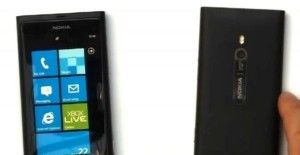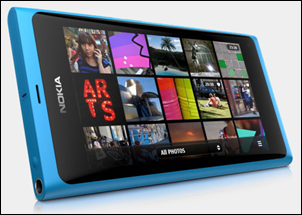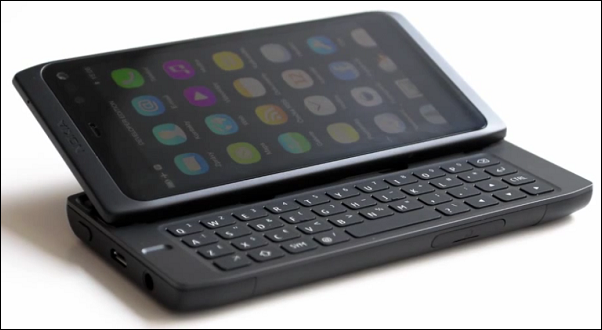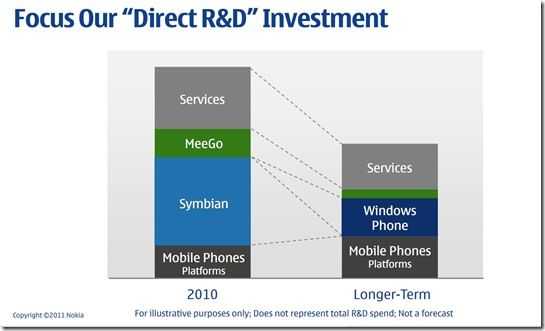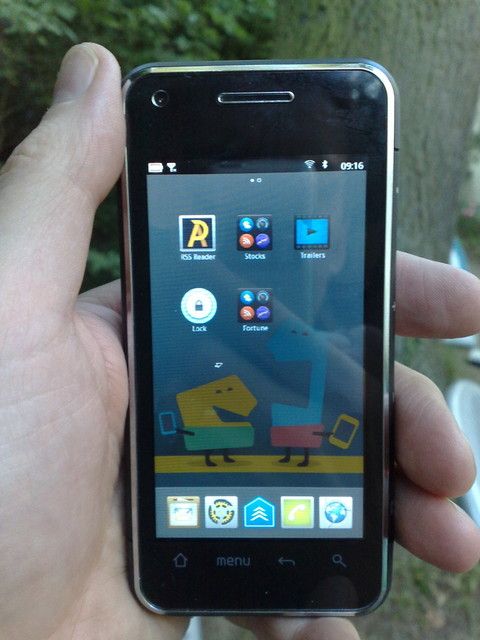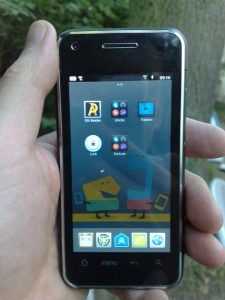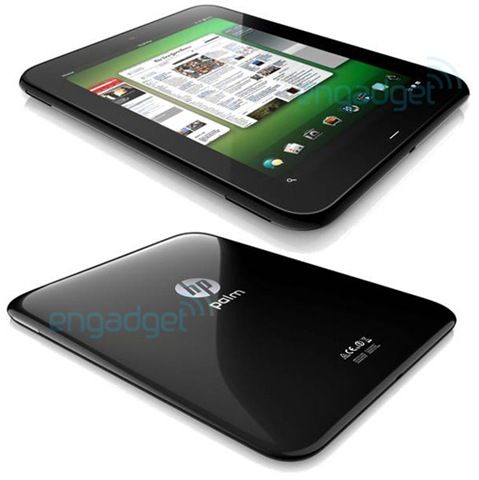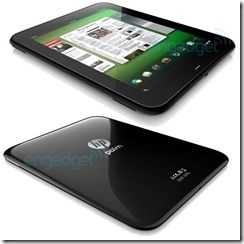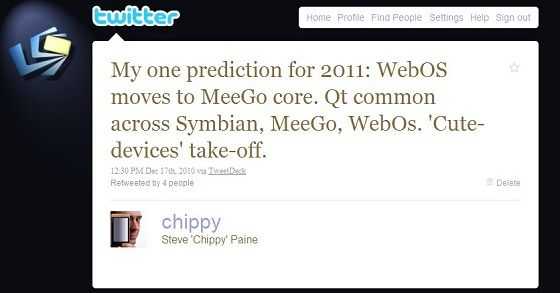It seems like we cannot go a full calendar month without one of the tech companies holding some event to make a major announcement. Not that I am complaining one bit. This month we have not one, but two giants partnering to bring us some new juicy gadget promises. At least that is what we assume Microsoft and Nokia’s intentions are for the press conference they have just called for the 17th of this month.
The event is to take place in Cologne, Germany, just as the Gamescom convention kicks off. The truth is, we have no idea what M&N intend to announce at this event. But it is a safe bet that it will have something to do with the Nokia Sea Ray and Windows Phone 7. The announcement flyer, at least, indicates that they will be giving away 3 vouchers for a Nokia handset running Windows Phone “as soon as available”. If the announcement is profound enough, it might just pull Windows Phone and Nokia out of the funk they have been for the last several months.
That is the optimistic view. Now for a little pessimism. What concerns me is that this announcement does not have the feel of a planned reveal. It feels rushed and reactionary. So it makes me wonder if this press event is being held in response to pressure. The pressure of Samsung and Apple’s quarterly earnings statements. The pressure of increasing rumors of an impending fall launch of potentially two new iPhone models. The pressure of Nokia continuing to hemorrhage money.
This is not to say that doing something to staunch the flow is not the right move. It is more a recommendation to temper expectations of what may come out of this announcement with a good dollop of skepticism. It is likely that this is just another announcement confirming M&N’s previously advertised timeline for the release of the first Nokia phone running Windows 7. Nothing new.
It will be great if I am wrong. Nokia’s handset arriving early would be an awesome way to bring in the final quarter of the year. I spent the better part of the first half of this year on a Windows Phone 7 handset, the HTC HD7. I am a big fan of the OS and rank it second on my personal ranking of mobile OS’ for phones, behind Android, but ahead of iOS. Still, it is hard to envision M&N pulling off a major reveal at this juncture given what we have seen of the pair in the mobile space so far this year. A big event that does not really reveal anything new or unexpected could be just as harmful to the Windows Phone movement as a delay in the Sea Ray. Let’s hope that whatever M&N have planned, they do it right. The launch of the Fujitsu Toshiba IS12T may be reason to hold on to hopes for something great.
Either way, you can rest assured that we will cover the story here on Carrypad. See you on the 17th (and hopefully every day in between).
Source: Engadget

